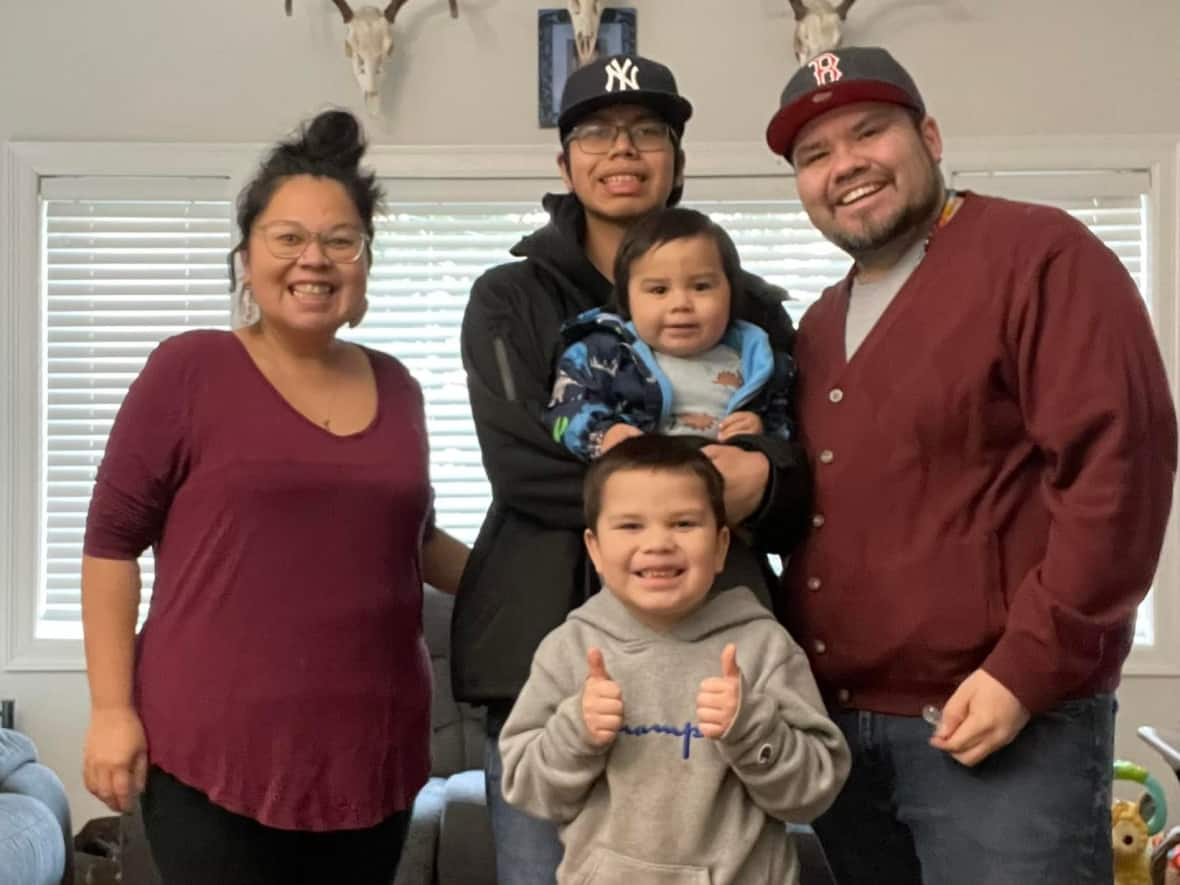New report reveals Indigenous language learning is on the rise

Indigenous language learning is on the rise, with about 3,000 more learners than in 2018, according to a new report from the First Peoples' Cultural Council (FPCC).
There are "about 17,000 people learning their First Nations language here in British Columbia," FPCC CEO Tracey Herbert said, adding that's up about 20 per cent from the council's last Report on the Status of B.C. First Nations Languages in 2018.
Living on the traditional territory of the Stó:lō Nation in Chilliwack, Roxanne Dool has been working one-on-one with an elder to learn her ancestral language of Halq'eméylem, through a mentorship program with the FPCC.
"It's emotional because of how much was taken away and how hard we have to work to get back to it.... we only have one fluent speaker left in our dialect," said Dool.
With the hopes of making at-home language learning easy and accessible for other families, Dool created a YouTube channel, enlisting the help of her five-year-old son Brody Bear to share a different word of the day, in the family's traditional language.
"Even if it's just one or two words that you're exchanging from English to Halq'eméylem, it's growing the language stronger and stronger," said Dool's husband, Cody Dool.
Revitalization of Indigenous languages
Last year, the province provided $35-million in funding to the FPCC and the First Peoples' Cultural Foundation, to support First Nations languages, arts, and cultural heritage revitalization programming and operations. The investment built on a $50-million grant provided to FPCC in 2018, to address the language crisis and help revitalize Indigenous languages in British Columbia.
The 2022 Report on the Status of B.C. First Nations Languages shows that progress is being made, Herbert said, adding multi-year government funding is needed to ensure long-term learning and revitalization.
"We've had some wonderful investment that's happened both from the federal and provincial government," said Herbert. "However, it's not long term, so we're not able to make a commitment to communities to say here's your funding for five years and that's really what's needed."

The report also found a significant rise in the number of semi-speakers of an Indigenous language, as well as an increase in learning opportunities for both adults and children.
In 2018, there were only two full-time adult Indigenous language programs in British Columbia. As of 2022, eight adult immersion programs are offered in seven different languages, and approximately 2,417 children are learning an Indigenous language in early childhood facilities.
There are 34 Indigenous languages spoken within the province, and about 10,355 people who are fluent speakers of these Indigenous languages, according to the FPCC report.
"We wouldn't be anywhere without the elders, the teachers, the knowledge keepers who worked so closely with us... It's really a collaboration and we're just really proud of the work that the communities are doing in British Columbia," Herbert said.


